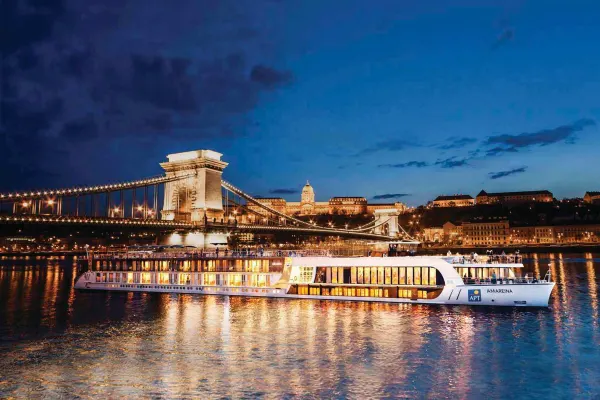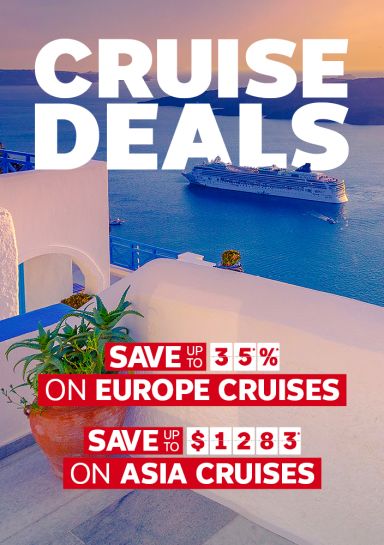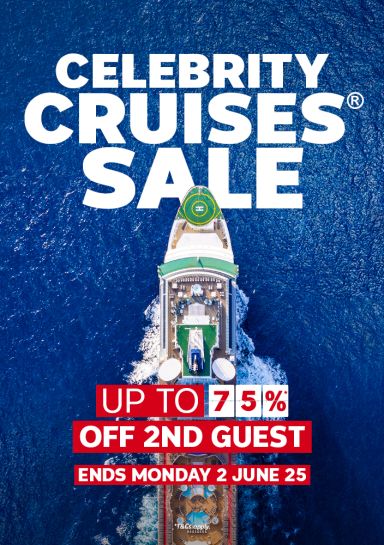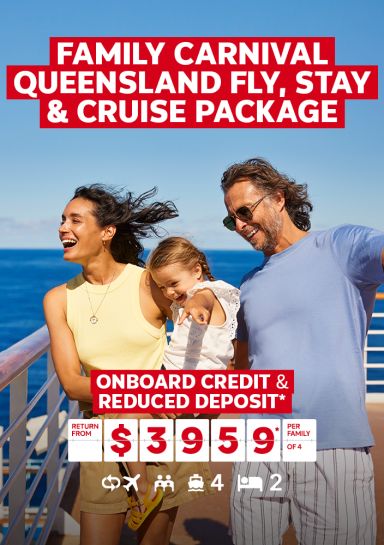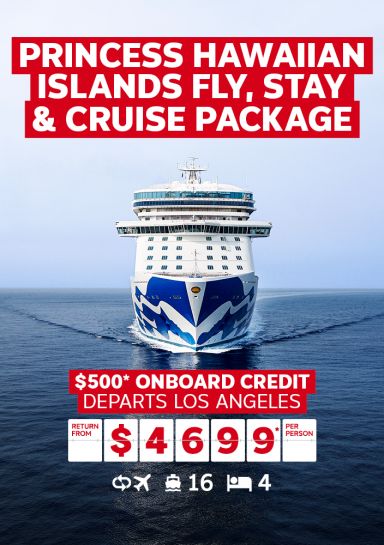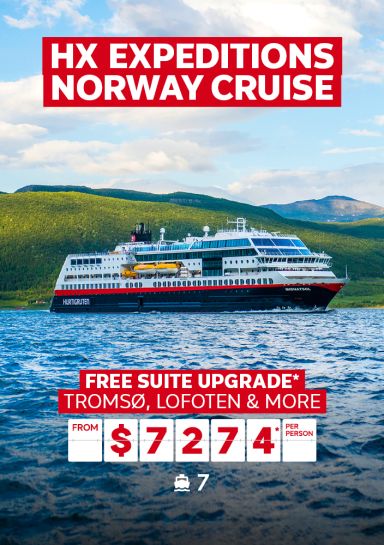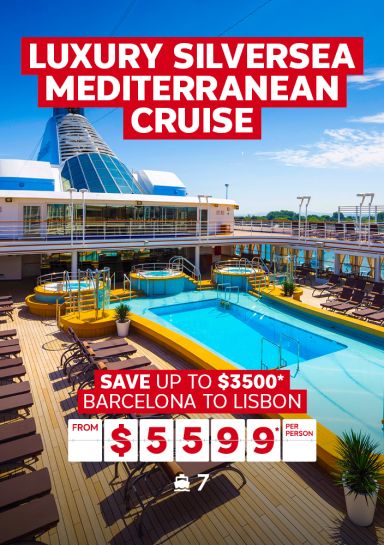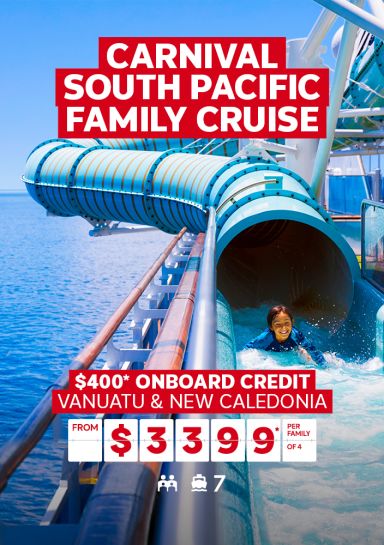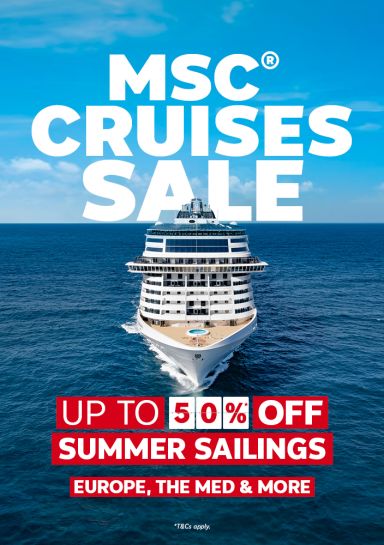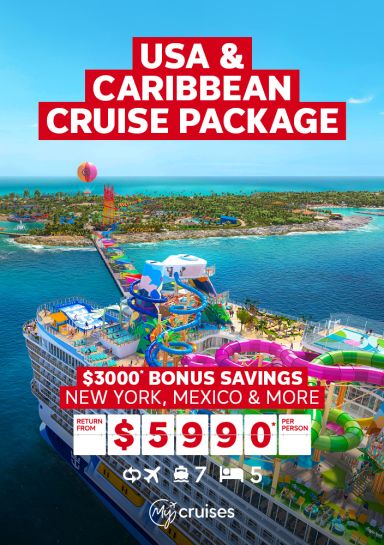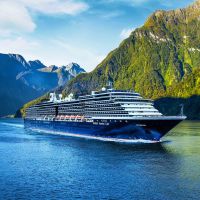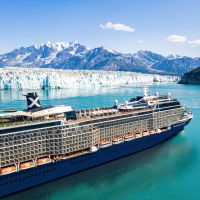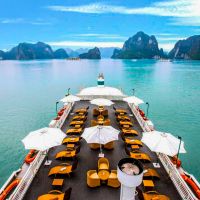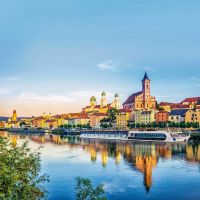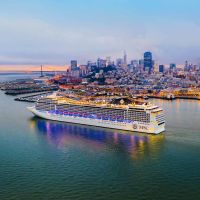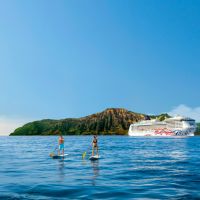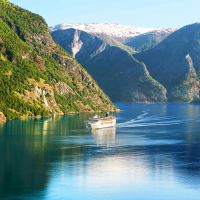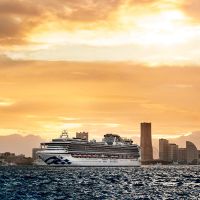Cruise to European Rivers

European River Cruises: Your guide to setting sail on Europe's majestic waterways
Wave hello to our handpicked cruise deals and packages
There are so many reasons to love cruising. Let's add irresistible savings and bonus value to the list!
Oh buoy, these deals are good
From stylish decor to unforgettable experiences - we have deals that are sure to make a splash!
Anchor down our most popular cruise deals
Destinations that are making a splash
Frequently asked questions
Cruises sail on almost every river in Europe and the most popular are the Rhine, Danube, Seine, Rhone and Douro. You’ll see plenty of cruise ships plying these waters, lined up at ports and navigating the locks during the busy summer season.
The Rhine River is the busiest in Europe. Snaking its way across the continent between the Netherlands and Switzerland, it’s a popular choice for first time cruisers. One of the most popular Rhine cruises is the classic one-week voyage between Amsterdam and the Swiss city of Basel, with stops in ports like Cologne and Strasbourg.
The Danube is also a favourite. The second longest river in Europe (after the Volga), it flows for almost 3,000km through most of Central and Eastern Europe including Germany, Austria, Hungary, Slovakia, Bulgaria and Romania. You can even combine a cruise along the Rhine and Danube rivers to sail the entire width of Europe.
The Douro River is the third-longest river in the Iberian Peninsula, stretching almost 900km from its source near Duruelo de la Sierra in Spain to its outlet at Porto, Portugal. On a floating holiday along the Douro, expect scenic views of terraced vineyards in the UNESCO World Heritage-listed Douro Valley, delightful towns and picture-perfect landscapes, along with an exciting blend of cultures and cuisine from around the world.
Cruising the Seine is an excellent way to experience northern France. Originating in Burgundy, the Seine River ebbs through Paris and into the English Channel at Le Havre. Many Seine itineraries begin and end in Paris, giving passengers the opportunity to delve deeper into the French capital before or after their cruise. For more French joi de vivre, sail through the south of the country on the Rhone and Saone rivers or explore legendary wine country with a cruise on the Garonne River through Bordeaux.
Other rivers that feature on European cruise itineraries include the Main River, Moselle River and Elbe River.
River cruises pass through almost every country in Central Europe as well as some in Eastern Europe. Depending on the river you choose, you may visit one country or a dozen.
The Danube flows through 10 countries. Starting from Germany, it passes through (or forms part of the borders of) Austria, Slovakia, Hungary, Croatia, Serbia, Romania, Bulgaria and Moldova. The Rhine River moves through or borders Switzerland, Liechtenstein, Austria, Germany, France and the Netherlands. The Douro River begins in Spain and ends in Portugal. A number of cruises sail through France on the Seine, Rhone, Saone and Garonne rivers.
Spring and autumn are popular for their pleasant weather, greener landscapes and fewer crowds. Late spring in May has mild temperatures and lighter crowds. Summer – June, July, August – is also superb for cruising, especially for sunlovers, but it’s worth noting that popular cities get crowded in the warmer months. September is also a favoured month; the sun is still shining but crowds from summer high season have dispersed a little.
Typically, all meals are included on European river cruises. That means breakfast, lunch and dinner every day, along with snacks in between, at the onboard restaurants. Many include complimentary wine or beer during meals and some include free-flowing drinks all day. Remember to check your specific packages before you cruise.
Yes, entertainment is a big part of European river cruises and will help to immerse you in the destinations. Many cruise lines invite local musicians onboard at each port, providing an authentic connection to regions that have a strong tradition of music. Other entertainment options onboard might include dance, theatre, art classes and cooking demonstrations. River ships don’t have the same large theatres as ocean ships, so you’ll be able to enjoy these performances in intimate spaces or even on the outdoor sun deck.
They might both be called cruising, but an ocean cruise and a river cruise are completely different experiences. River cruises offer a more intimate getaway, both onboard and ashore. The smaller vessels required to navigate narrow waterways can get super close to cities and carry fewer passengers – usually less than 200. Ocean cruise ships are significantly larger, with some carrying more than 4,000 guests.
If you prefer a serene getaway, river cruises are perfect! Due to the size of river cruise ships, you won’t find oodles of shops, bars, restaurants, fitness centres, and casinos on board either. Just one or two dining venues, some outdoor space, possibly a swimming pool and a small fitness centre or spa. Lastly, river cruises boast more stops along the way, with short sailing distances and more time spent in port. Ocean cruises often involve days at sea and additional transport from large ports to city centres.
Many river cruises come with selected excursions included in your fare, but you’ll need to check with your travel agent or the cruise line. Some lines have different tiers of shore excursions – basic excursions are included but you need to pay extra for the fancier ones. Free options usually include the guided walking, cycling or bus tours that set off from each port of call and are a meaningful aspect of river cruising. Viking River Cruises offer one complimentary shore excursion in every port of call as part of their inclusive packages, and Uniworld boasts fantastic active options, such as hiking, cycling, kayaking, and even golfing. As a general rule, the more expensive the cruise, the more will be included.
Absolutely. Smaller passenger numbers mean river cruises can more easily be tailored around specific hobbies and interests, so there are lots of options. There are cruises for budding writers, photographers, music lovers, art afficionados and even garden groupies. Wine-themed cruises are trendy in Europe, especially along rivers that flow through renowned wine-producing regions such as the Danube and the Rhine. Guests can explore vineyards, enjoy wine tastings, and wine masterclasses. History buffs can book a themed cruise with history talks and expert-led tours to heritage sites – sometimes they even dress in full Viking or Crusader costume! Battlefield and war-themed tours are also popular in France and Germany, particularly around significant anniversaries. In the festive holiday season, book a magical Christmas river cruise that takes you to the charming yuletide markets along the Danube and Rhine rivers.
While generally more compact than ocean cruise cabins, river cruise cabins are well-designed for a sense of space and modern comfort. The size of cabins can vary based on the river cruise line and cabin type you choose, but usually range between around 14sqm for entry level cabins up to 20swm for suites. Cabins are cleverly considered and feature amenities such as comfortable queen or king size beds, private bathrooms, and windows or balconies for scenic outside views.
There are 27 European countries in the Schengen Area, which includes European cruise destinations like the Netherlands, France, Germany, Switzerland, Austria, Hungary, Spain and Portugal. Travellers from many nations are allowed to travel freely within the Schengen area for up to 90 days within a 180-day period without a visa. If you’re travelling to non-Schengen countries, you may need to apply for a visa. You should always check with your travel expert and check with your relevant government authority.
Mo' deals? No problem!
We've got cruise deals for everyone! Discover perfect cruise for you.
Site quick links
Help & support
Flight Centre acknowledges the Traditional Custodians of Country throughout Australia.
© Flight Centre Travel Group Limited. ATIA Accreditation No. A10412.
*Travel restrictions & conditions apply. Review any specific conditions stated and our general terms at Terms and Conditions. Prices & taxes are correct as at the date of publication & are subject to availability and change without notice. Prices quoted are on sale until the dates specified unless otherwise stated or sold out prior. Prices are per person.

